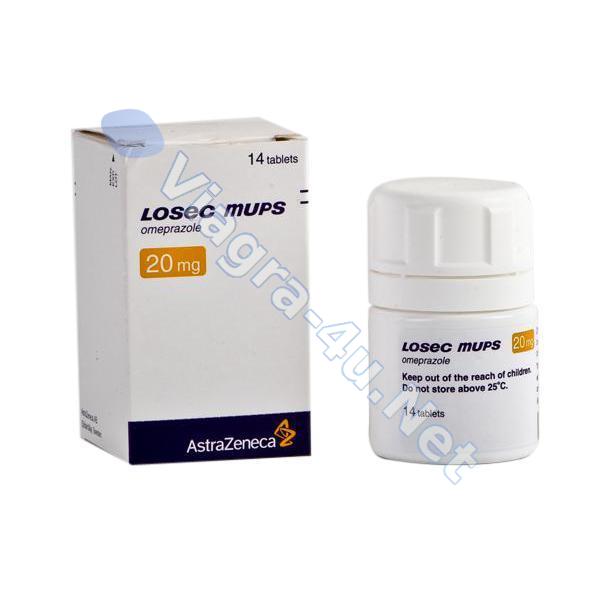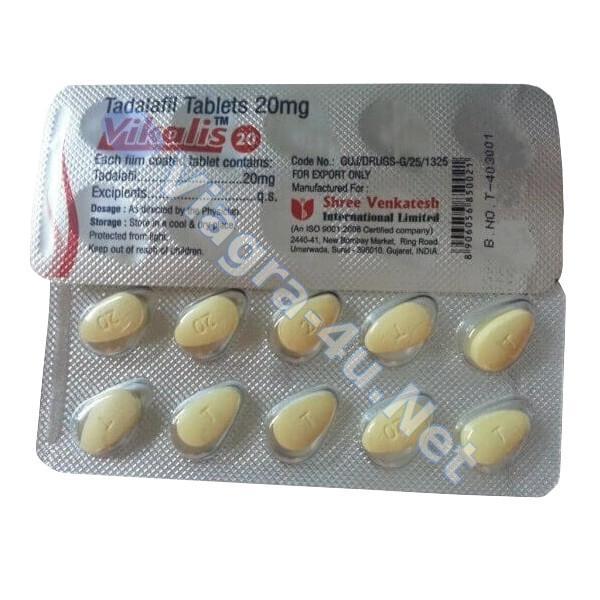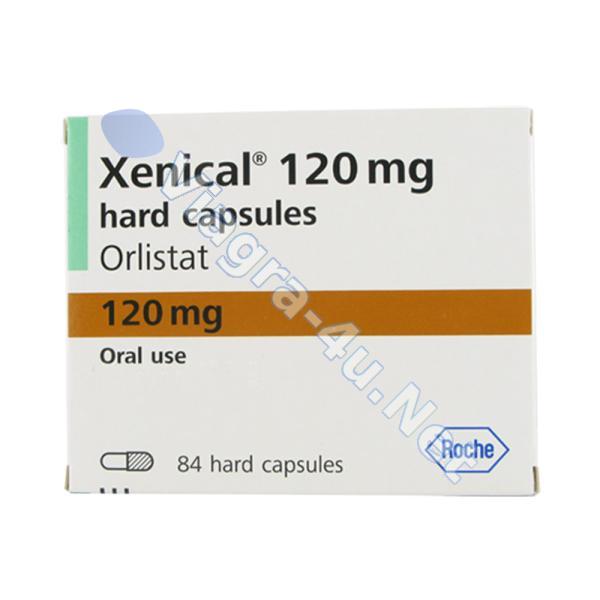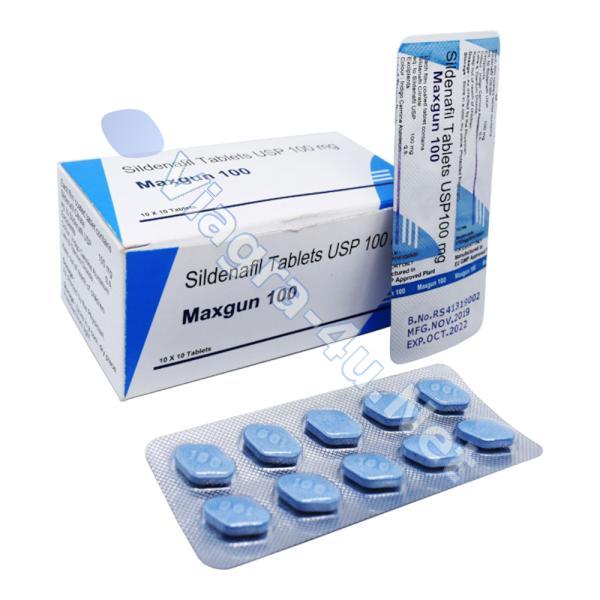Prilosec (Omeprazole), sold under the brand names Prilosec and Losec among others, is a medication used to treat gastroesophageal reflux disease, peptic ulcer disease, and Zollinger–Ellison syndrome. It is also used to prevent upper gastrointestinal bleeding in people who are at high risk.
Common side effects include nausea, vomiting, headaches, and increased intestinal gas. Serious side effects may include Clostridium difficile colitis, an increased risk of pneumonia, an increased risk of bone fractures, and the potential of masking stomach cancer. It is unclear if it is safe for use in pregnancy. Prilosec (Omeprazole) is a proton pump inhibitor and as such blocks the release of stomach acid.
Medical uses
Prilosec (Omeprazole) can be used in the treatment of gastroesophageal reflux disease (GERD), peptic ulcers, erosive esophagitis, and Zollinger-Ellison syndrome.
Peptic ulcers
Peptic ulcers may be treated with Prilosec (Omeprazole). Treatment of H. pylori infection can be completed by taking a triple therapy combination of Prilosec (Omeprazole), amoxicillin, and clarithromycin for 7–14 days. Amoxicillin may be replaced with metronidazole in patients who are allergic to penicillin.
Adverse effects
The most frequent significant adverse effects occurring in at least 1% of patients include:
- Central nervous system: headache (7%), dizziness (2%);
- Respiratory: upper respiratory tract infection (2%), cough (1%);
- Gastrointestinal: abdominal pain (5%), diarrhea (4%), nausea (4%), vomiting (3%), flatulence (3%), acid regurgitation (2%), constipation (2%);
- Neuromuscular and skeletal: back pain (1%), weakness (1%);
- Dermatologic: rash (2%);
Other significant concerns related to adverse effects are:
- Recurrence of Clostridium difficile associated diarrhea;
- Osteoporosis-related fractures;
- Hypomagnesemia.
Interactions
Although the potential for drug interactions is high, clinically important drug interactions are rare. However, the most significant major drug interaction concern is the decreased activation of clopidogrel when taken together with Prilosec (Omeprazole). Although still controversial this may increase the risk of stroke or heart attack in people taking clopidogrel to prevent these events.
Other examples of drugs dependent on CYP3A4 for their metabolism are escitalopram, warfarin, oxycodone, tramadol, and oxymorphone. The concentrations of these drugs may increase if they are used concomitantly with Prilosec (Omeprazole).
Pregnancy and breast-feeding
Epidemiological data do not show an increased risk of major birth defects after maternal use of Prilosec (Omeprazole) during pregnancy.
No clinical trials have deeply evaluated the potential consequences of the use of Prilosec (Omeprazole) in breastfeeding. However, the pharmacokinetics of Prilosec (Omeprazole) molecule strongly suggest the safety of Prilosec (Omeprazole) use during breastfeeding:
- Prilosec (Omeprazole) has a high plasma protein binding rate (95%), indicating that little amount of drug is transferred to the milk duct during breast milk formation.
- Prilosec (Omeprazole) needs to be administrated in an enteric-coated formulation due to its rapid degradation in the acidic conditions of the stomach. This suggests that most of the free molecules ingested by the infant are likely degraded before being absorbed.
- Prilosec (Omeprazole) at normal doses is likely safe during breastfeeding.
Pharmacodynamics
The inhibitory effect of Prilosec (Omeprazole) occurs within 1 hour after oral administration. The maximum effect occurs within 2 hours. The duration of inhibition is up to 72 hours. When Prilosec (Omeprazole) is stopped, baseline stomach acid secretory activity returns after 3 to 5 days. The inhibitory effect of Prilosec (Omeprazole) on acid secretion will plateau after 4 days of repeated daily dosing.
Dosage forms
Prilosec (Omeprazole) is available as tablets and capsules (containing Omeprazole or Omeprazole magnesium) in strengths of 10mg and 20mg. Most oral Prilosec (Omeprazole) preparations are enteric-coated, due to the rapid degradation of the drug in the acidic conditions of the stomach. This is most commonly achieved by formulating enteric-coated granules within capsules, enteric-coated tablets, and the multiple-unit pellet system.










